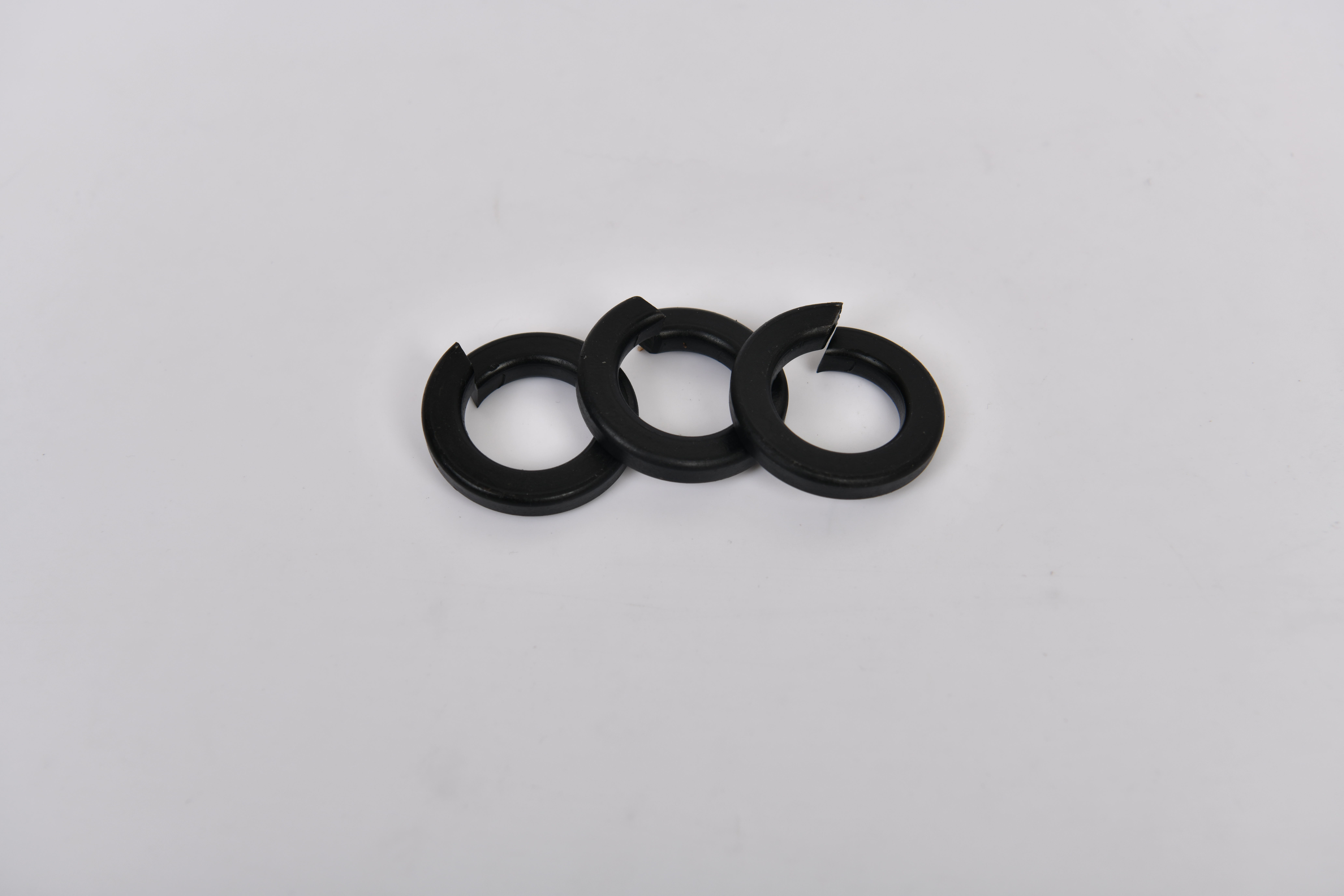Feb . 18, 2025 09:55
Back to list
FLAT WASHER
Understanding standard flat washer sizes is crucial for anyone involved in construction, engineering, or DIY projects. These small but essential components play a pivotal role in distributing loads, preventing leaks, and maintaining the integrity of fastened joints. A flat washer's seemingly simple design belies its importance in enhancing the performance and longevity of machinery and structures.
Material choice also affects washer size and performance. Most standard flat washers are made from materials like stainless steel, brass, or nylon, each offering unique benefits. Stainless steel is known for its corrosion resistance and strength, making it ideal for outdoor and marine applications. Brass provides excellent thermal conductivity and is often used in electrical applications. Nylon washers are lightweight, non-corrosive, and suitable for light-duty applications where metal-to-metal contact needs to be minimized. Proper sizing also indirectly enhances the safety and efficiency of the equipment or structure in use. A washer that is too small might fail to prevent damage to the fastened materials, making rechecking installations a necessity for safety-critical applications, such as elevator systems or automotive assemblies. Incorrect sizes can lead to gasket deformation and joint leakage in piping systems, demonstrating the importance of correct washer sizing in preventing operational hazards. Maintaining an inventory of various flat washer sizes can also significantly increase operational readiness and efficiency. For project managers and engineers, having a comprehensive stock readily available means faster turnaround times and reduced downtime. Decisions regarding stocking sizes should be informed by frequency of use and the specific requirements of routine projects. Expert advice often highlights the importance of not only adhering to standard sizes but also seeking expert consultation when standard sizes do not meet specific needs. Custom washers may be manufactured to non-standard dimensions to meet unique project specifications, emphasizing the importance of adaptability and understanding the fundamental principles of washer sizing. In conclusion, understanding the nuances of standard flat washer sizes is not merely a technical requirement but a pivotal factor in optimizing the performance, safety, and reliability of numerous mechanical and structural applications. Consistent attention to these details affirms expertise, contributes to a project’s success, and ultimately reflects the quality and reliability that clients and stakeholders expect. Thus, recognizing the significance of these small components underscores a broader commitment to precision and excellence in engineering and design.


Material choice also affects washer size and performance. Most standard flat washers are made from materials like stainless steel, brass, or nylon, each offering unique benefits. Stainless steel is known for its corrosion resistance and strength, making it ideal for outdoor and marine applications. Brass provides excellent thermal conductivity and is often used in electrical applications. Nylon washers are lightweight, non-corrosive, and suitable for light-duty applications where metal-to-metal contact needs to be minimized. Proper sizing also indirectly enhances the safety and efficiency of the equipment or structure in use. A washer that is too small might fail to prevent damage to the fastened materials, making rechecking installations a necessity for safety-critical applications, such as elevator systems or automotive assemblies. Incorrect sizes can lead to gasket deformation and joint leakage in piping systems, demonstrating the importance of correct washer sizing in preventing operational hazards. Maintaining an inventory of various flat washer sizes can also significantly increase operational readiness and efficiency. For project managers and engineers, having a comprehensive stock readily available means faster turnaround times and reduced downtime. Decisions regarding stocking sizes should be informed by frequency of use and the specific requirements of routine projects. Expert advice often highlights the importance of not only adhering to standard sizes but also seeking expert consultation when standard sizes do not meet specific needs. Custom washers may be manufactured to non-standard dimensions to meet unique project specifications, emphasizing the importance of adaptability and understanding the fundamental principles of washer sizing. In conclusion, understanding the nuances of standard flat washer sizes is not merely a technical requirement but a pivotal factor in optimizing the performance, safety, and reliability of numerous mechanical and structural applications. Consistent attention to these details affirms expertise, contributes to a project’s success, and ultimately reflects the quality and reliability that clients and stakeholders expect. Thus, recognizing the significance of these small components underscores a broader commitment to precision and excellence in engineering and design.
Next:
Prev:
Latest news
-
Top Choices for Plasterboard FixingNewsDec.26,2024
-
The Versatility of Specialty WashersNewsDec.26,2024
-
Secure Your ProjectsNewsDec.26,2024
-
Essential Screws for Chipboard Flooring ProjectsNewsDec.26,2024
-
Choosing the Right Drywall ScrewsNewsDec.26,2024
-
Black Phosphate Screws for Superior PerformanceNewsDec.26,2024
-
The Versatile Choice of Nylon Flat Washers for Your NeedsNewsDec.18,2024
Related News










